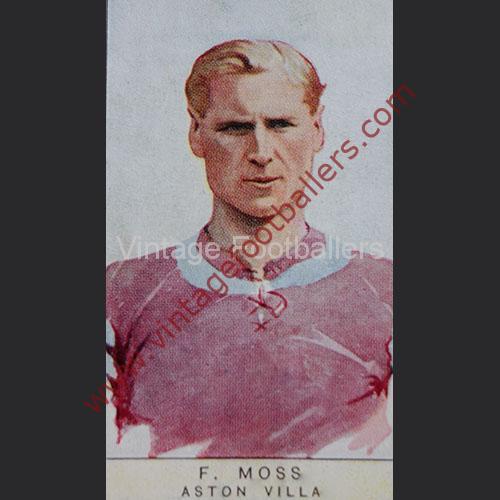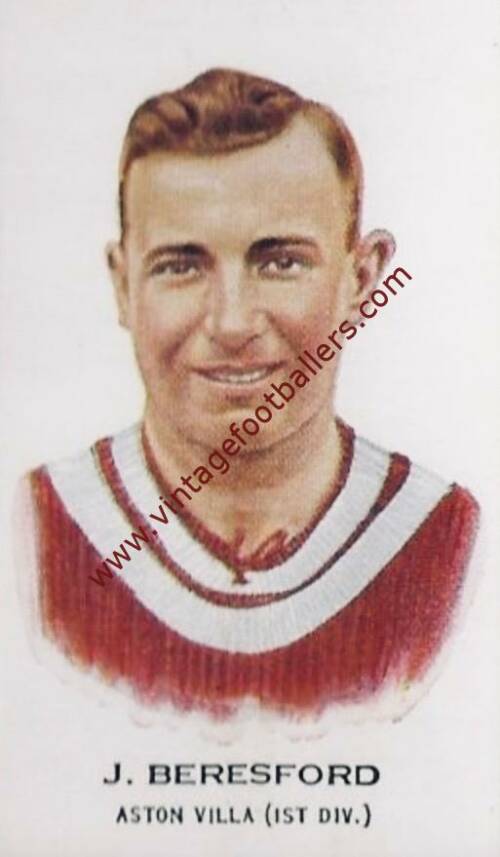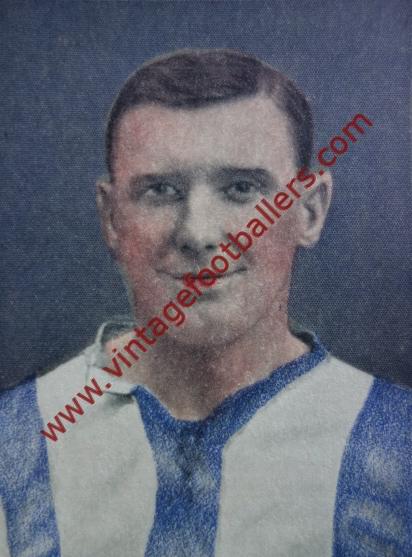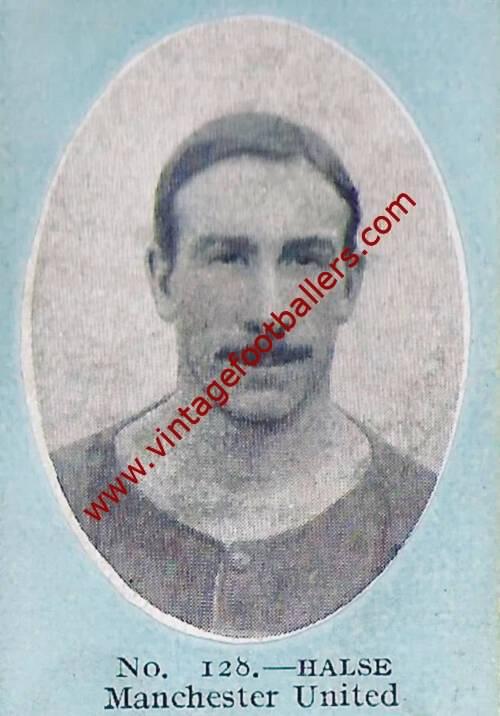Please choose your photo size from the drop down menu below.
If you wish your photo to be framed please select Yes.
Note: 16″x 20″not available in a frame.
Images can also be added to accessories. To order please follow these links
£8.95 – £49.95
Please choose your photo size from the drop down menu below.
If you wish your photo to be framed please select Yes.
Note: 16″x 20″not available in a frame.
Images can also be added to accessories. To order please follow these links
West Stanley, County Durham born left half Tommy Barber began his football career with Shankhouse in 1905, playing for West Stanley in 1906 and Hamsterley in 1907 before signing Second Division Bolton Wanderers, making his Football League debut at Derby County in October 1908, scoring twice in 20 appearances in his debut season as The Trotters won the Second Division Championship. He appeared less regularly over the following two seasons as Bolton were relegated and promoted as Second Division runners up, but became a regular in the 1911-12 season when he was an ever present for Bolton as they finished a creditable fourth in the League Championship.
In December 1912 he signed for Aston Villa and soon after his debut he embarked upon Aston Villa’s FA Cup run, playing in the first three Cup ties, and then the semi final win over Oldham Athletic at Ewood Park. In the Final at The Crystal Palace, Aston Villa faced League Champions Sunderland and it was Barber who headed home a Charlie Wallace corner for the only goal of the game in the 78th minute.
Barber then appeared regularly in 1913-14 as Aston Villa finished runners up in the League Championship for the second successive season, but 1914-15 proved his last season in claret and blue before peacetime football was suspended due to the onset of the First World War, by when he had scored 10 goals in 68 appearances for Villa.
During the First World War he enlisted in the Army in February 1915 and served as a private in the Footballers’ Battalion, the 17th (Service) Battalion of the Middlesex Regiment, seeing action at Delville Wood and Waterlot Farm in the summer of 1916, but he suffered gunshot wounds to the legs at Guillemont. Barber was evacuated to Britain and after recovering in Aberdeen, he spent another period in hospital suffering from pleurisy. He was later transferred to the Labour Corps and also worked in a munitions factory in Glasgow.
Barber also represented England in the Haig Hospital Fund International against Scotland at Celtic Park on 8th June 1918. He also played 5 matches on loan at Glasgow Celtic, making his debut in a win at Clyde at the end of August, and after failing to secure a regular start in a side which went on to claim the Scottish League title, he went down with pleurisy in September 1918 but recovered and joined Partick Thistle before a move to Belfast in January 1919 where he turned out for both Belfast Celtic and Linfield – a rare occurrence as the clubs were bitter rivals at a time of political unrest in Ireland. He also played for Distillery before returning to England to play for Stalybridge Celtic.
After the War he resumed peacetime football with Southern League Crystal Palace, joining them in the summer of 1919 and scored 7 goals in 20 appearances for Palace before joining new Football League Third Division club Merthyr Town in the 1920 close season, playing in their inaugural League match against former club Crystal Palace at the end of August, but their second fixture was Barber’s last for The Martyrs. Barber suffered recurring ill-health after the War and spent significant time in hospital, and his playing career became sporadic. In 1920 he briefly played for Southern League clubs Ton Pentre and Pontypridd. In the summer of 1921 he joined Walsall for his last spell in League football, scoring twice in 6 appearances that autumn before joining non league Darlaston in 1922. In 1923 he played for Hinckley United, and in 1924 for Barwell, his last club, and having been struck down with tuberculosis he died aged 36 in September 1925.
| Weight | N/A |
|---|



